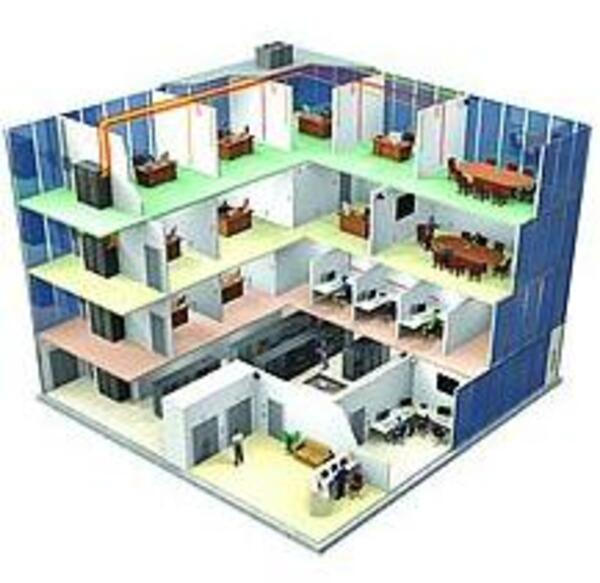Does real-estate development drive the demand for data communications? Recently in discussion with a major developer of data center space the question of what truly creates demand for data infrastructure became a hot topic.
From the perspective of the developer, they create the demand. They should therefore own the design, delivery and revenue. Without their spark, so to speak, there would be no base for demand to grow upon.
From the governmental perspective, data centers are a basic element of the economic infrastructure for any country. The growth and health of data centers is an economic indicator of the country’s growth and competitiveness on the world stage. Beyond that, some governments seek to tap into this (and perhaps every) growth sector to generate funds for other objectives.
The business owners/operators of data centers see themselves as the revenue generators, the nexus of growth and prosperity. Without the operating entity and real-world business applications, there would be no need for the others and no opportunity for growth, profit and such.
While the turf battle seems endless, the outcome is important. Each of these perspectives carries its own unique objectives and views on how the data infrastructure should evolve. Finding a successful solution to satisfy all of these needs is difficult.
The concept of intelligent buildings is a good case in point. The benefits of this infrastructure approach have been documented.The progression of enabling technologies is very positive delivering measurable operational benefits. Why then is this approach not by now a common solution? It would appear that more than inertia is at work here.
Perhaps now a “perfect storm” of opportunity is at hand. Green buildings are forcing developers to think beyond capital cost, placing value and moral sway on building operating costs. This is a big change for many developers who have been motivated solely by the first six months of a building’s lifecycle.
Governments on the one hand want to encourage the healthy growth of the data infrastructure but now realize that the basic national infrastructures such as power, water and air are being consumed by data centers at an alarming rate. They have a need to encourage or legislate better efficiencies and hopefully strike a balanced best outcome.
There is light at the end of the Green Tunnel. Many projects in Australia are implementing intelligent building infrastructures. Cisco is offering EnergyWise solutions for free and data centers are rapidly increasing their efficiencies. It turns out that structured cabling provides access to these advances.
Business leaders expect green technology and that it will positively impact their businesses. Intelligent Building technologies are no longer optional—they are critical to large scale commercial construction projects. This applies equally to owned or leased space. Perhaps it was once possible to say “That is not the way we do it.”
One CEO quoted George Bernard Shaw to make his point on new technology. “People who say it cannot be done should not interrupt those who are doing it.” Perhaps the time is now to stop pushing against IBIS and start pulling for it. What do you think?








